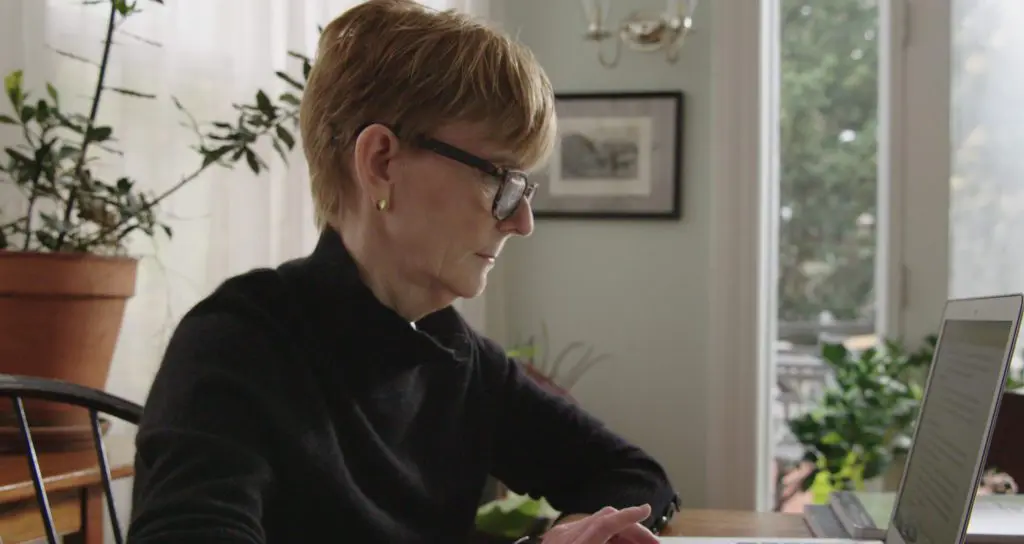Summary
Netflix series Diagnosis delves into the rarest of diseases as Dr Lisa Sanders uses her column in The New York Times to crowdsource potential diagnoses and ideas.
Dr Lisa Sanders and The New York Times teamed up together to implement a life-long theory. Lisa had this dream of using her journalistic tools to gather opinions from around the world to solve the rarest diseases. That dream came true from the window of her dedicated column. Netflix series Diagnosis Season 1 documents the people involved in that column, and how cases were solved by crowdsourcing — collecting a range of opinions from multiple experts.
Many will think that this is the real-life Gregory House, and coincidentally, Dr Lisa Sanders references that she was a consultant for the series House in the opening episode of Diagnosis. Lisa believes that the world of healthcare needs to change. Rather than using your one source of medical advice from the General Practice in your local area, we should do the ‘human thing’ of just talking to people. Like House, more professional opinions are better than one.
Diagnosis Season 1 is fascinating. Every person that has come forward willing to be a case study is uniquely different. Each episode introduces the audience to that person, their life and the symptoms of their unknown disease. Diagnosis delves into their personal lives as a primary, with their condition as a secondary element. Lisa brings in the human touch and removes the odd nature of their symptoms — getting a diagnosis means that her patients can get on with their lives, and not be burdened by something uncontrollable.
By example, one of the episodes introduces us to a young girl called Kamiyah, who will suddenly go limp a dozen, sometimes a hundred times a day. The emotional toll on her mother and the search for answers is stress beyond relief that I wouldn’t wish on anyone. Their journey is not only about a diagnosis; it’s finding a community that they can relate to.
The 7-episode documentary feature ranges from unexplainable excruciating pain, seizures to routinely vomiting. And in terms of the people that are documented; they are either extremely determined to find their diagnosis and ride through the failures or cynical and show a lack of trust for the healthcare professionals. You can understand both sides of the coin in the Netflix Series as frustration can lead to either type of behaviour.
What Dr Lisa Sanders does provide in Diagnosis Season 1 is evidence that there is value in this method. The Netflix series is an eye-opener to the way we can diagnose and opens up the possibilities of a different future. Anyone who has ever visited their doctor and left feeling even more lost and not knowing what is wrong with them may feel inspired by this series, knowing there is another way to solve unusual cases.
Diagnosis is a worthwhile experiment — Lisa and The New York Times should be applauded for bringing forth a concept that may save more lives in the future.
Our coverage of Netflix series Diagnosis Season 1 does not end here. We have discussed each episode in detail – you can read the recap of the first episode by clicking these words.
Alternatively, you can read our Summary & Recap page of Diagnosis by clicking these words, if you would like an overview of each episode.




